This week, I am sharing resources that will help you with your resumes, cover letters, and other job application materials, based on a request included in the midterm evaluations you submitted.
One of the sad truths about the job search is that sometimes you get rejected by someone who does not more than glance at your resume. Worse yet, you can get rejected without a human ever looking at your resume.
Today’s infographic from hireright.com invites you to “Meet the Robots Reading Your Résumé” and provides some details on how to prepare your job application materials so that the robots like them.
You can read more in Beat the Robots: How to Get Your Resume Past the System & Into Human Hands from The Muse, and
Applicant Tracking Systems and Your Resume from Menlo Partners Staffing.
Note: This infographic needs a text-based transcript. See the Optional Accessibility Transcript Activity for more details.

 This week’s #WednesdayWrite is simple. You have applied for various things up to this point in your college career—jobs, internships, clubs, special organizations, colleges, and so forth.
This week’s #WednesdayWrite is simple. You have applied for various things up to this point in your college career—jobs, internships, clubs, special organizations, colleges, and so forth. 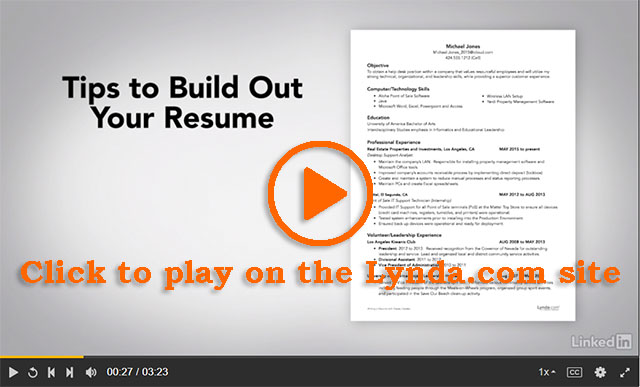

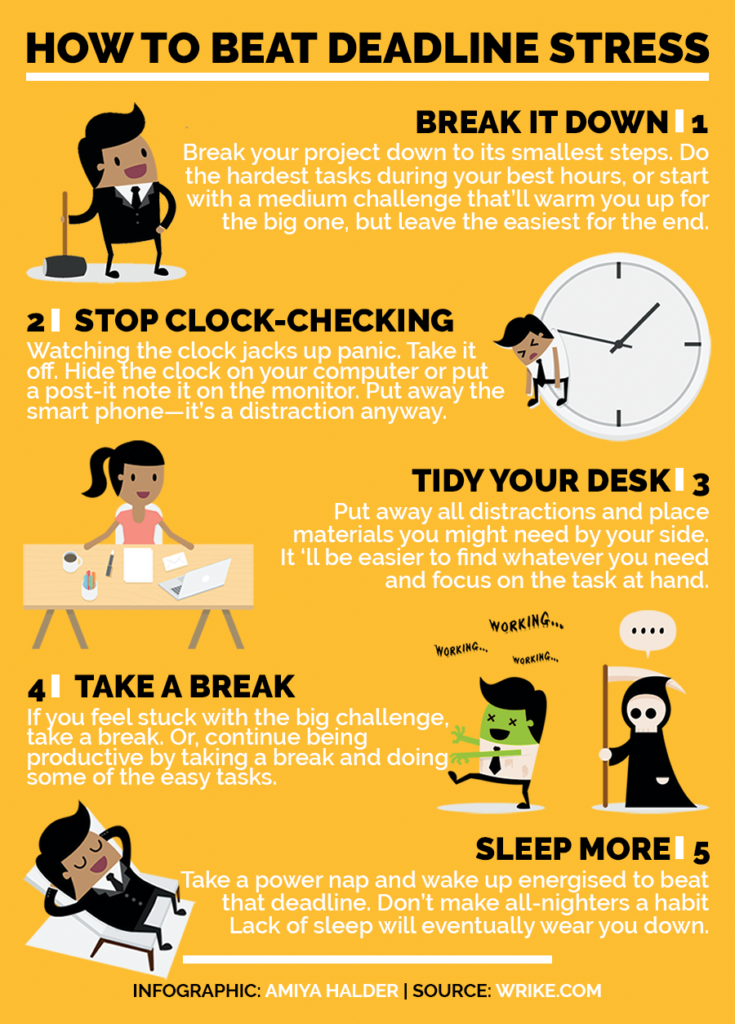 At some point, you are going to face a challenge that threatens your progress on a project in the workplace. No matter how hard you work, it’s bound to happen. Sometimes it’s your fault. Sometimes someone else is to blame.
At some point, you are going to face a challenge that threatens your progress on a project in the workplace. No matter how hard you work, it’s bound to happen. Sometimes it’s your fault. Sometimes someone else is to blame. 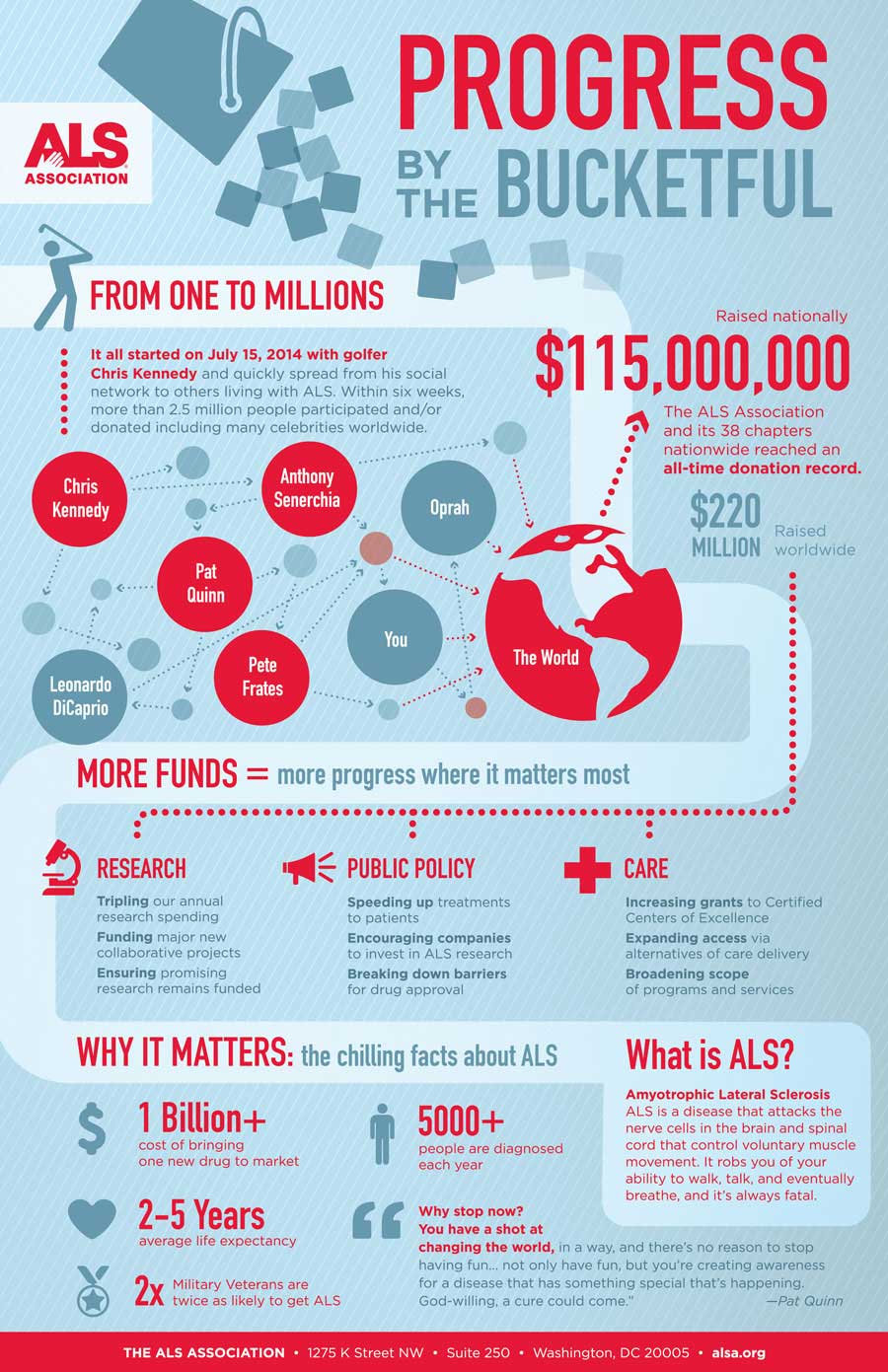
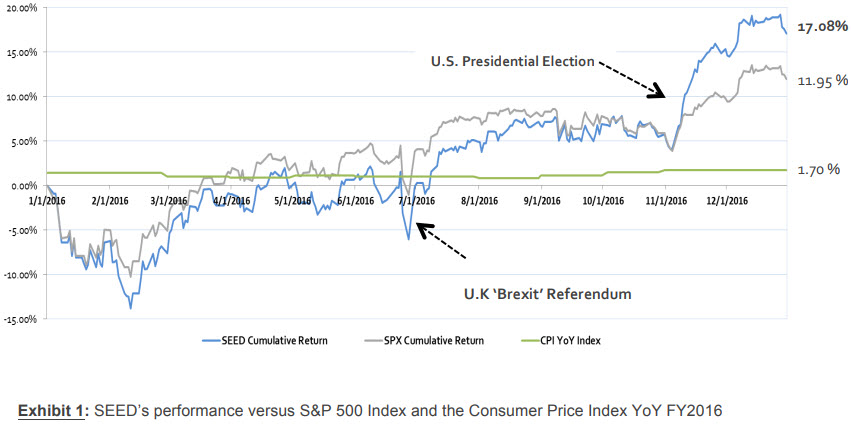
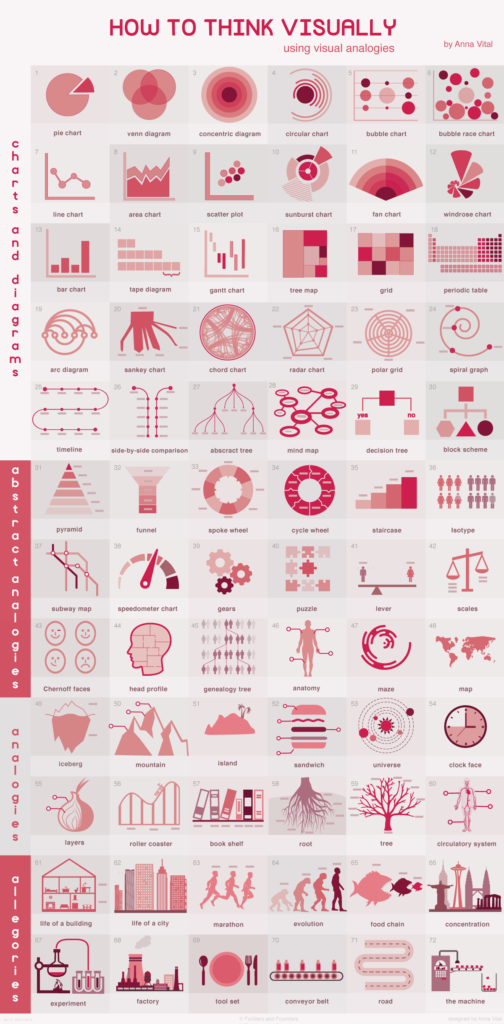
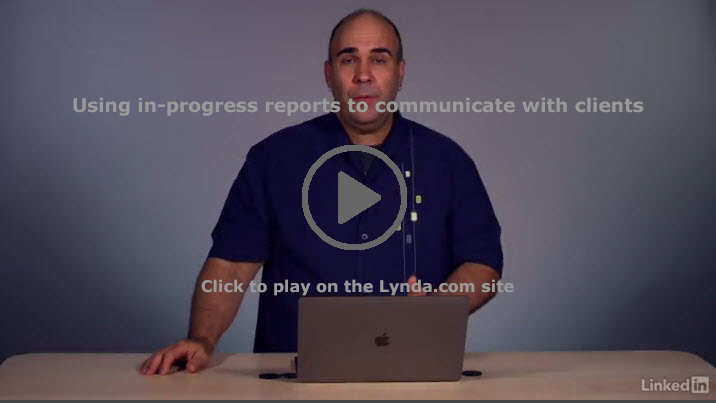
 This week you will continue writing your Genre Analysis Report, and you will write a Progress Report that tells me about your project.
This week you will continue writing your Genre Analysis Report, and you will write a Progress Report that tells me about your project.